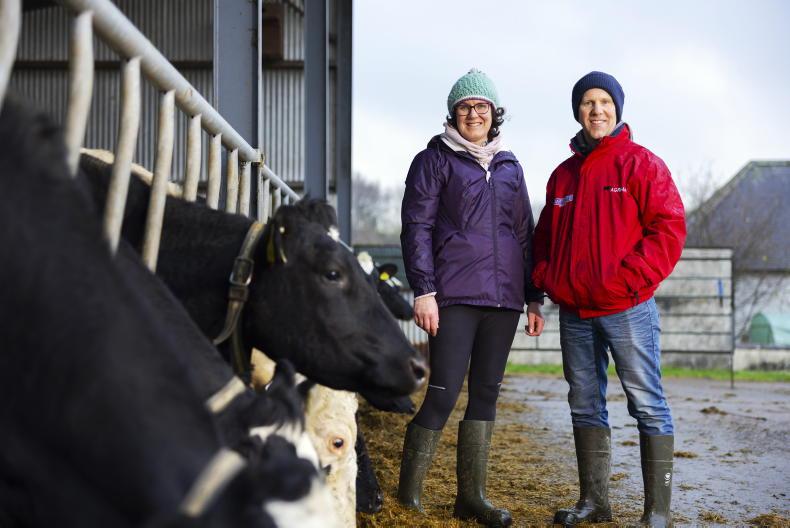A group who worked with local farmers to improve water quality in a Co Cork river are “livid” after a chemical spill at a State-run water treatment plant has killed thousands of fish there.
Speaking to the Irish Farmers Journal, CEO of IRD Duhallow Maura Walsh said the incident in the River Allow was “totally and wholly preventable”.
“A whole ecosystem has been wiped out, sterilised,” she said.
IRD Duhallow ran the Duhallow Farming for Blue Dot European Innovation Partnership (EIP) over the last number of years, with buy-in from over 100 farmers.
Walsh said there was a huge amount of work put in by local farmers to increase water quality in the River Allow.
While Inland Fisheries Ireland (IFI) currently estimates the fish kill to be over 5,000, Walsh said it will be multiples of that and it will take more than five years for the Allow to recover.
‘Seriousness’
The Environmental Protection Agency (EPA) confirmed that 2,500l of polyaluminium chloride spilled into the River Allow from a burst pipe at Freemount Water Treatment Plant in north Cork.
Uisce Éireann informed the EPA of the incident on Sunday 9 June. Uisce Éireann said it “fully recognises the seriousness” of the incident.
“We immediately informed the relevant bodies and are co-operating fully with IFI in relation to the investigation and clean-up of this incident,” it said.
Uisce Éireann added that there has been no impact on the quality of drinking water.
“Any spillage occurred downstream of the intake point for the plant and therefore would not impact on quality of water entering supply.”
Investigation
IFI said its officers are still investigating to determine the scale of the kill, with fish mortalities observed up to 4km downstream of the source of the spill.
The River Allow is a tributary of the Munster Blackwater catchment at Freemount, north Co Cork.
The incident occurred in a Special Area of Conservation (SAC) and the location is a noted spawning habitat for fish, IFI said.
Species of fish discovered dead include juvenile Atlantic salmon, brown trout, lamprey, eel, stone loach, roach and dace.
The river also supports a population of freshwater pearl mussel.









SHARING OPTIONS